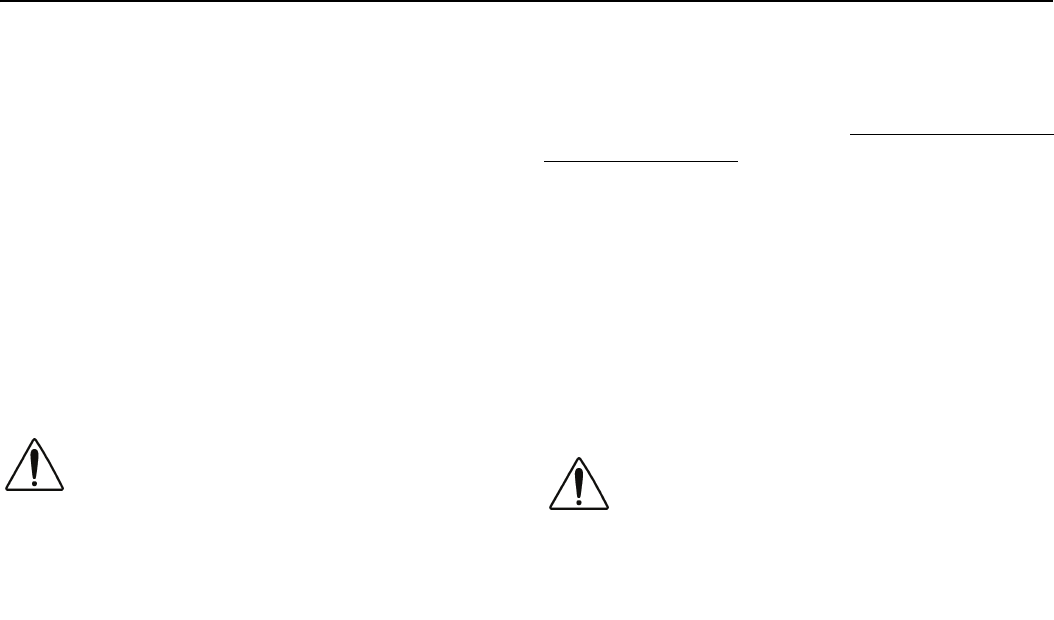Specifications

Tires and Wheels Preventive Maintenance
– 204 – Y53-6008A
Medium Duty (R05/09)
Wheel Mounting and Fastening
After the vehicle travels about 50 to 100 miles (80 to 160 km),
wheel mountings “seat in” and will lose some initial torque.
Check hub/wheel mountings after this initial period and
retighten.
Wheel Cap Nut Torque
At the first scheduled lube interval, have all wheel cap nuts
torqued to their specified value. See
Table 7, “Wheel Cap
Nut Torque,” Page 205
After that, check wheel cap nuts at
least once a week. Contact an Authorized Service Center for
information on the proper installation procedure for the
wheels on your truck. This is a job you may not be able to do
yourself if you do not have the right equipment.
WARNING! Never use oil or grease on studs or
nuts; improper torque readings will result, which
could cause improper wheel clamping and could
lead to a wheel failure resulting in an injury acci-
dent.
Wheel Bearing Adjustment
For safe, reliable operation and adequate service life, your
wheel bearings must be checked and adjusted properly at
the recommended intervals. See Table 2, “Maintenance
Schedule,” Page 113, and Table 2, “Maintenance Sched-
ule,” Page 153
. The person best equipped to do this is your
Authorized Service Center's mechanic.
Proper Torque and Sequence
Proper wheel torque can best be obtained on level ground.
Install lug nuts and finger-tighten in the numerical sequence
as shown below, see
“Crisscross Tightening Sequence” on
page 207
. This procedure will ensure that the wheel is drawn
evenly against the hub. Torque each nut to the torque value
listed in
Table 7 on page 205.
WARNING! Tighten wheel cap nuts properly. If
they are not tightened properly, wheel nuts
could eventually cause the wheel to become
loose, to fail, and/or to come off while the vehi-
cle is moving, possibly causing loss of control
and/or serious personal injury or damage to the
vehicle.










